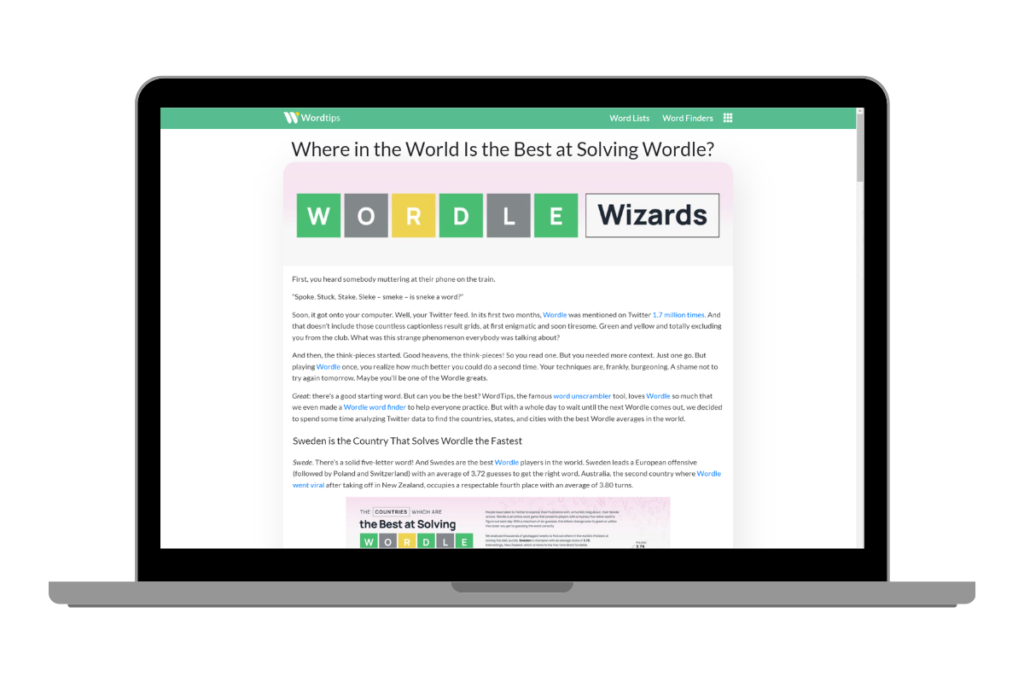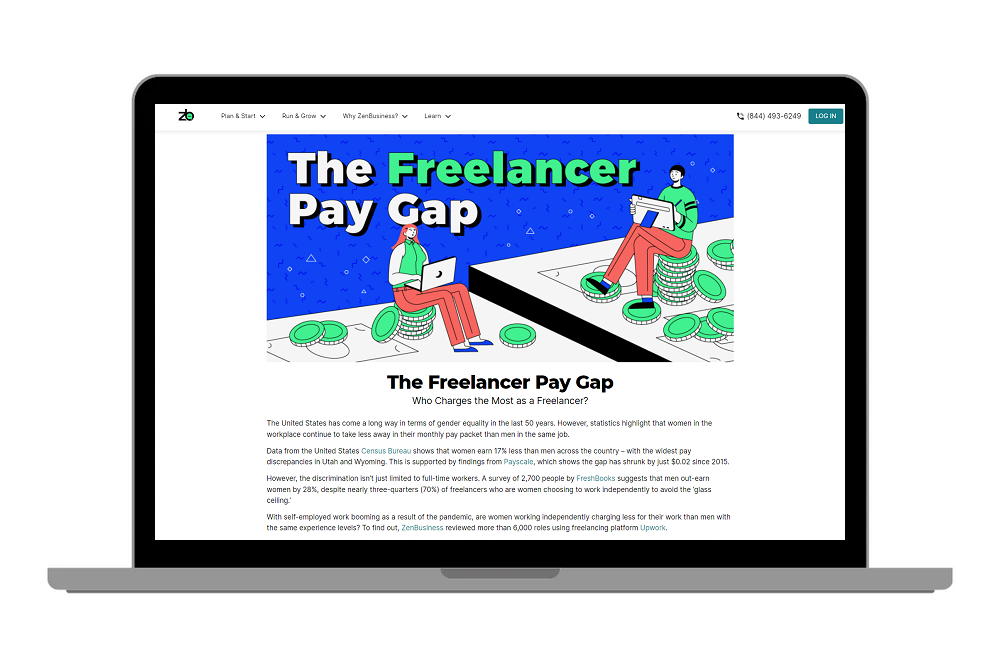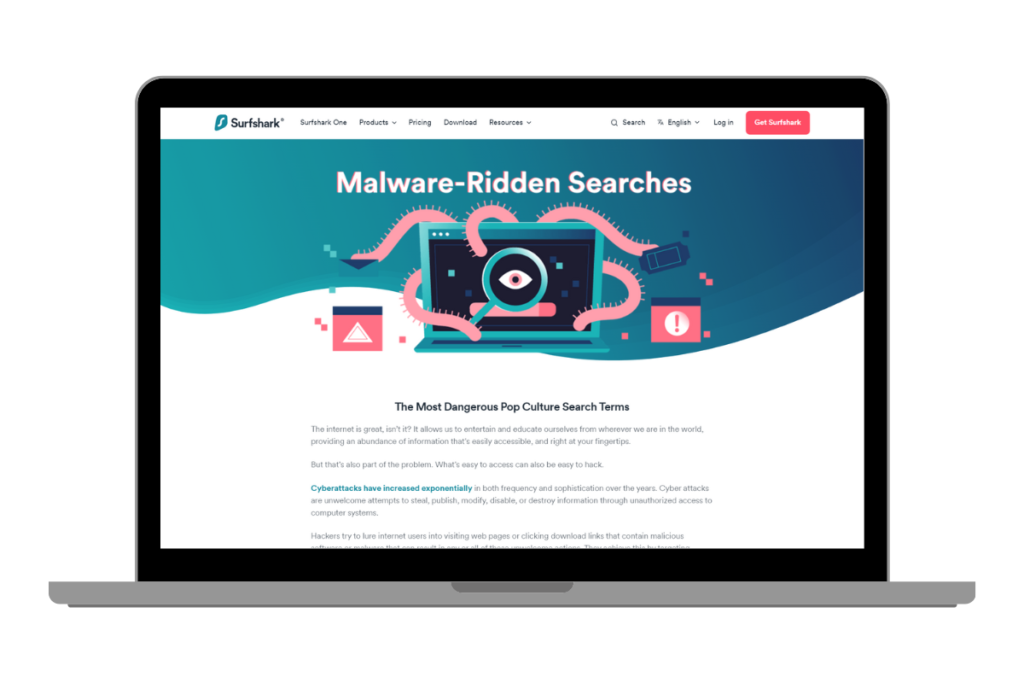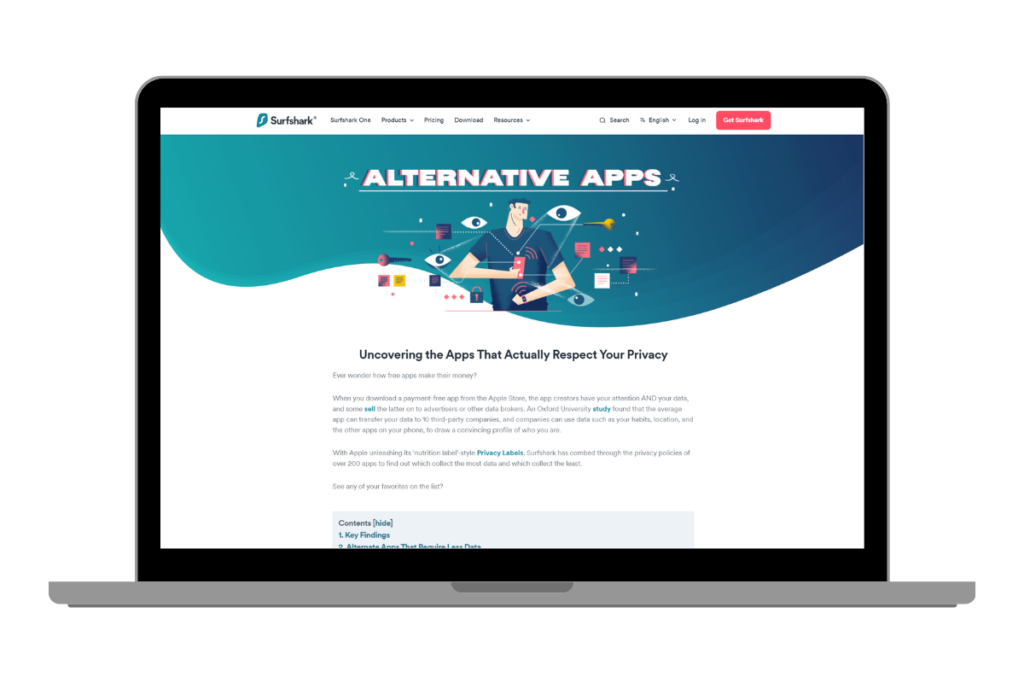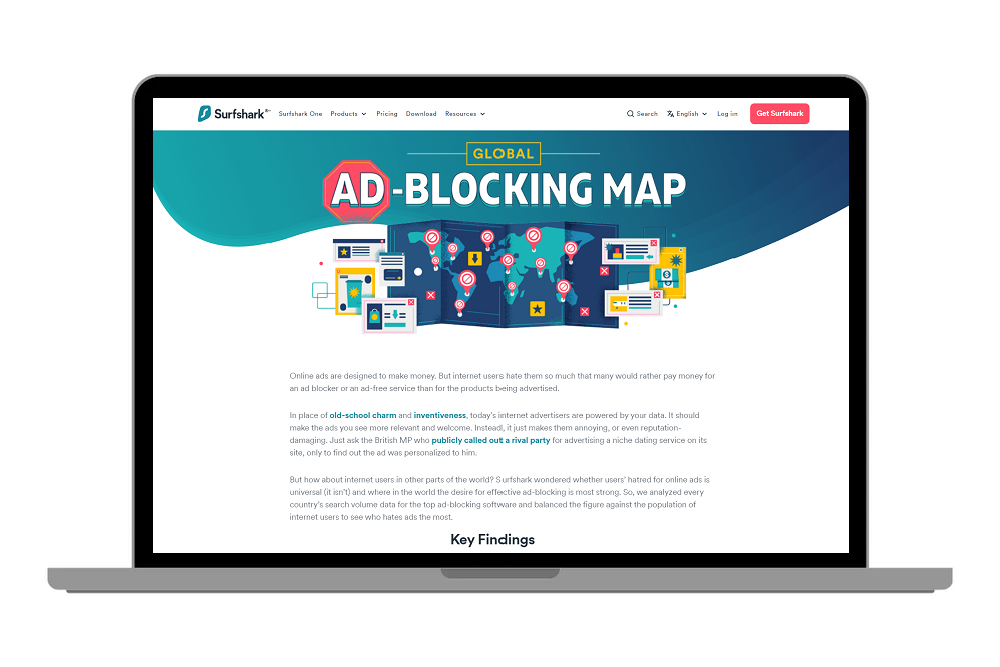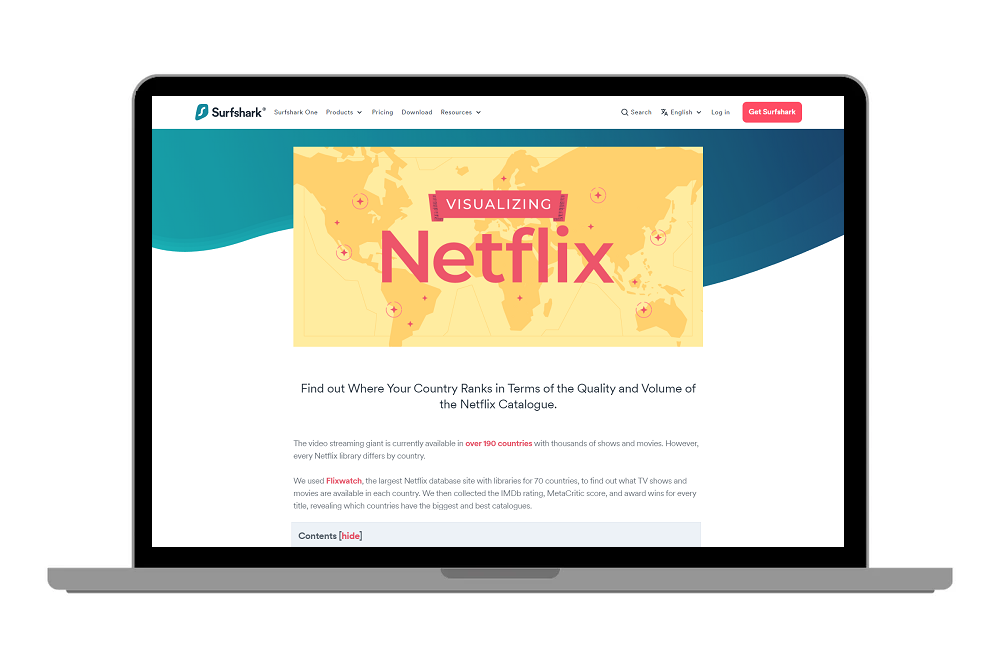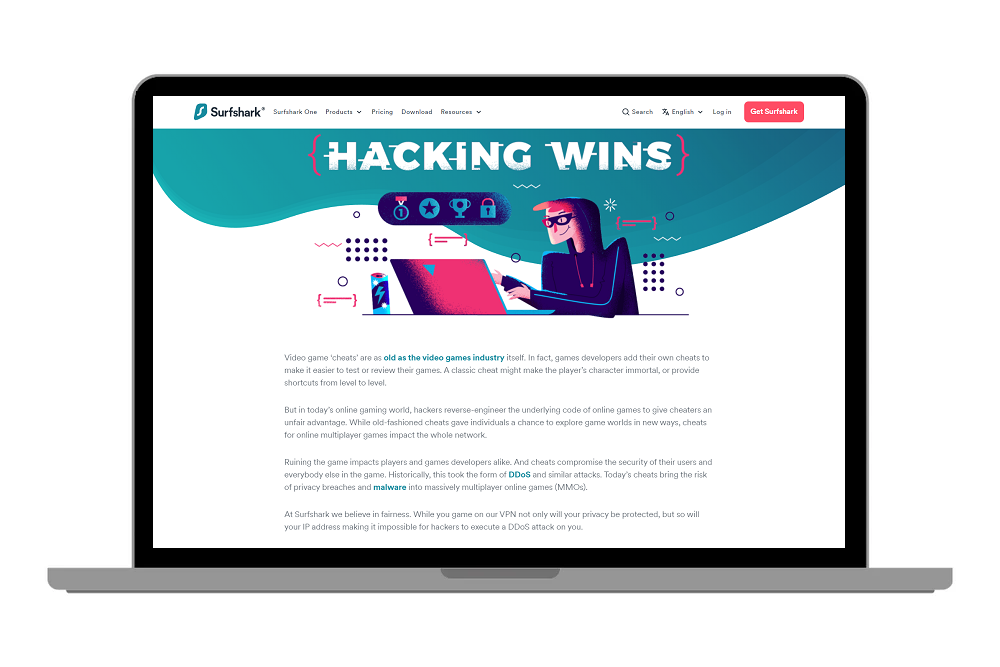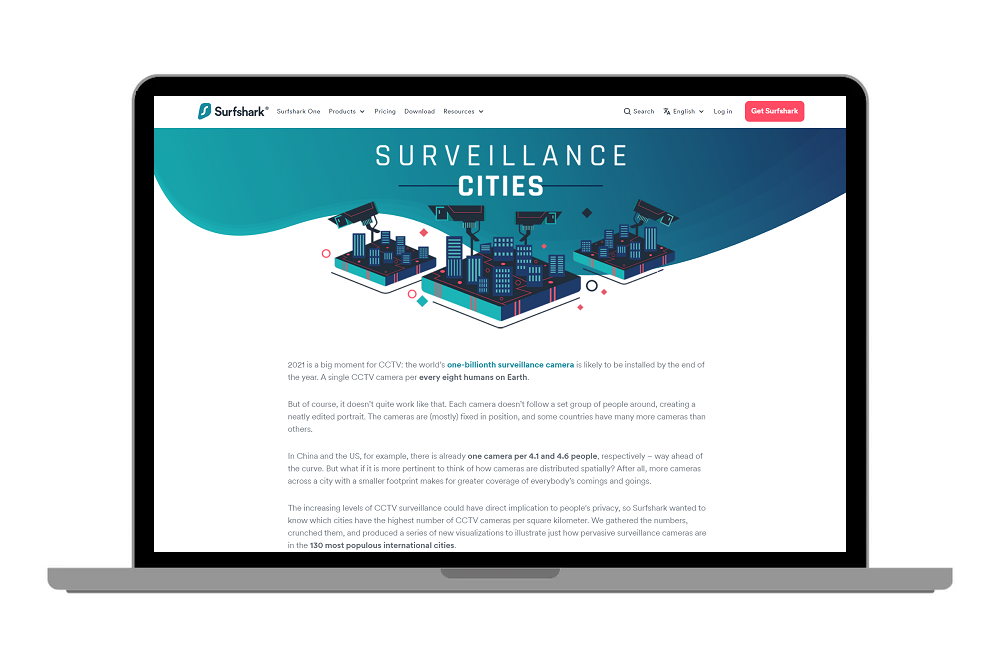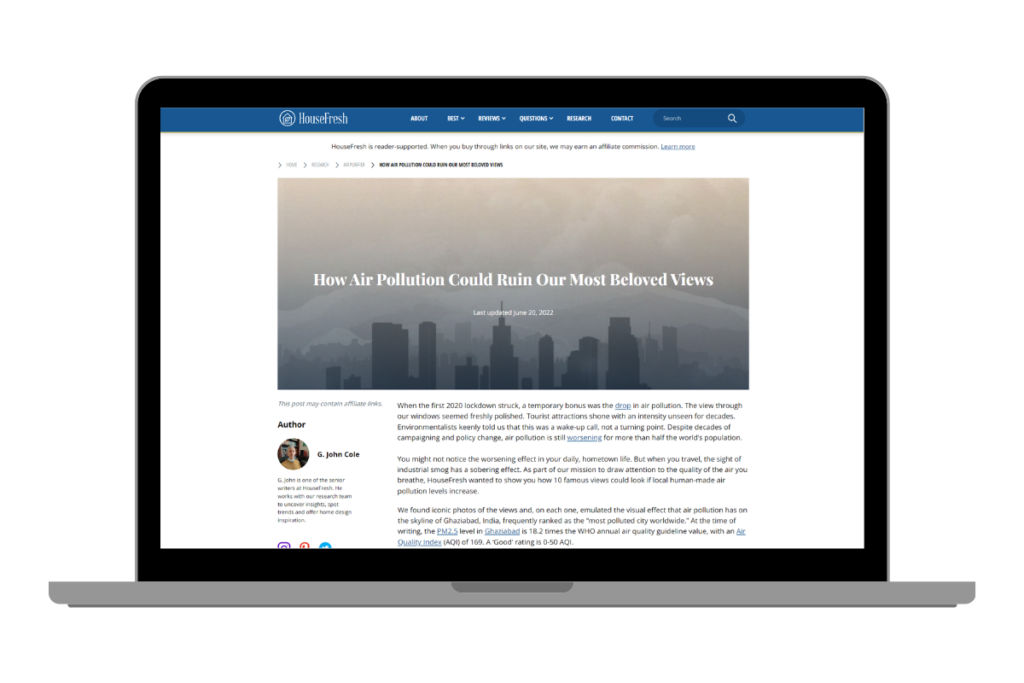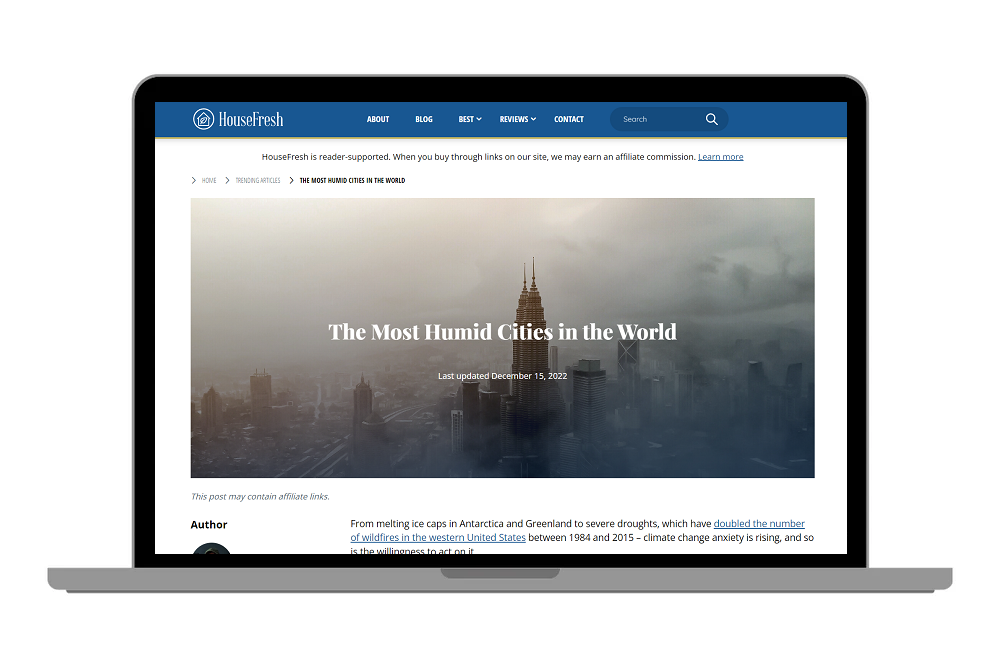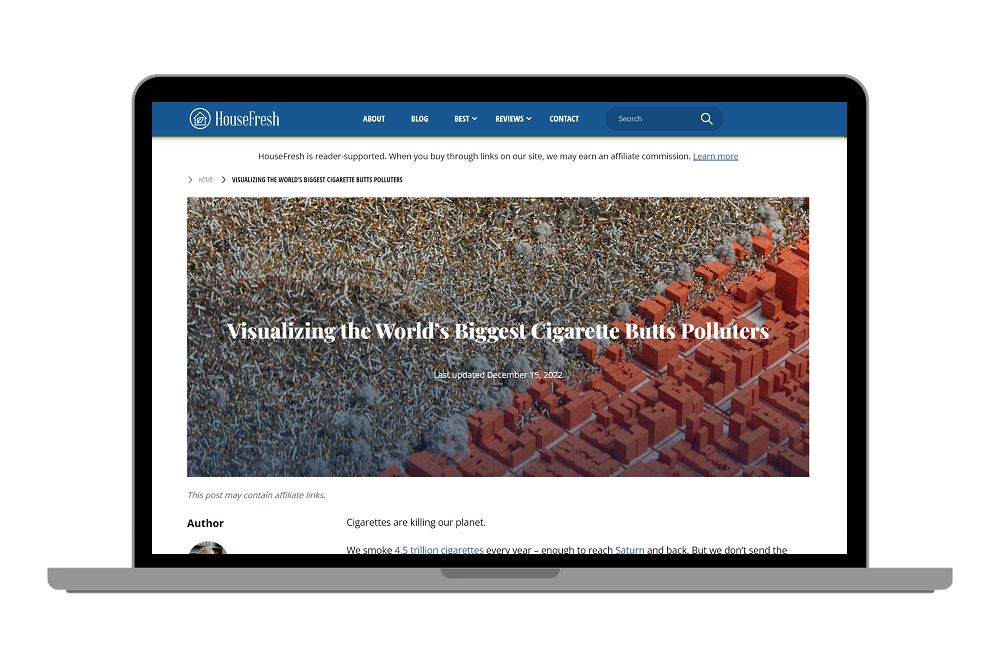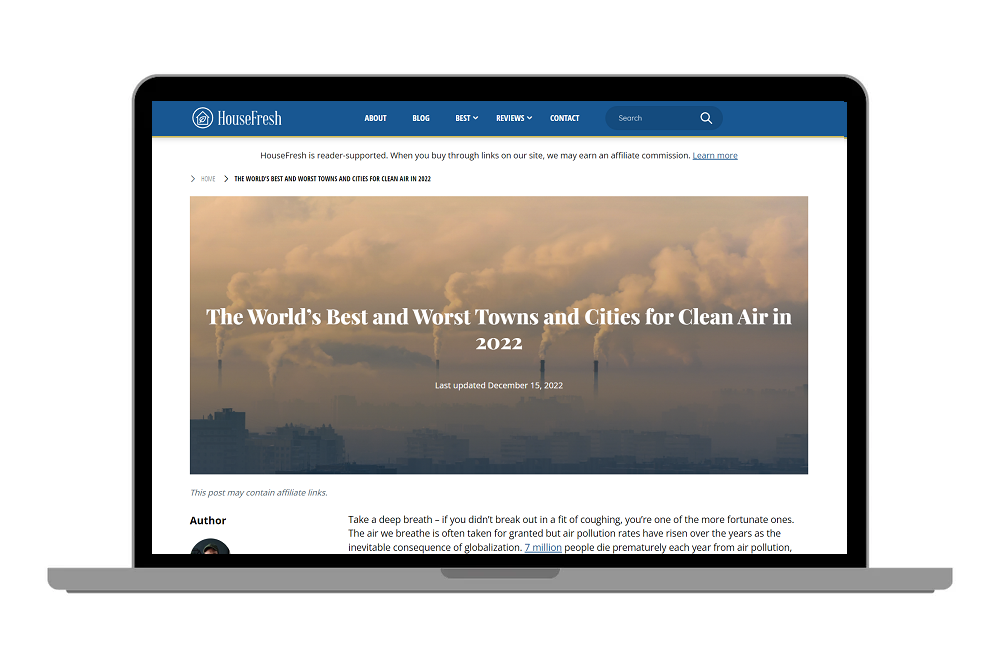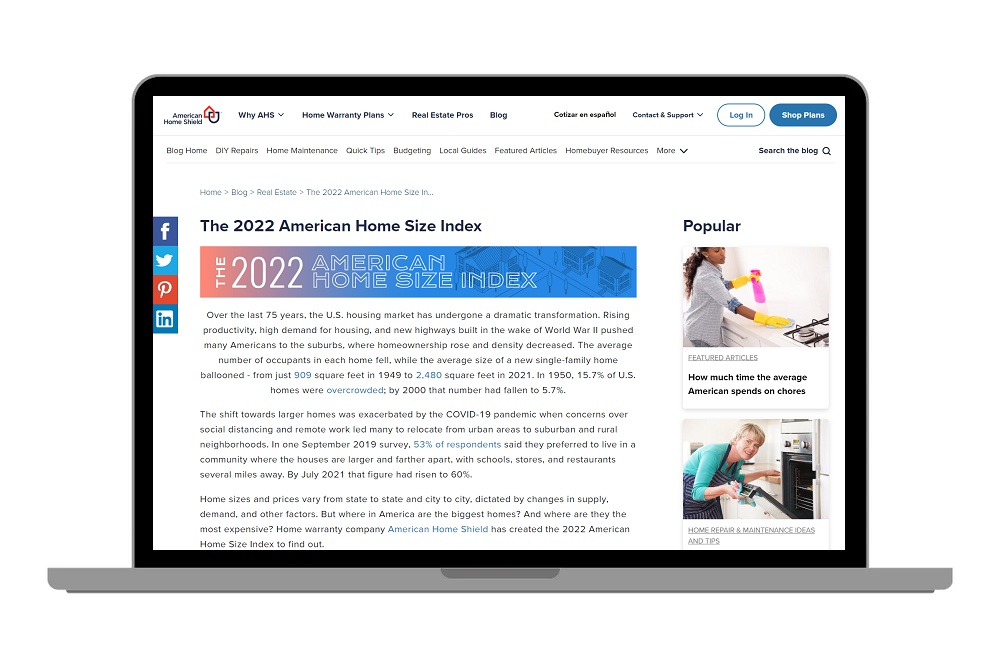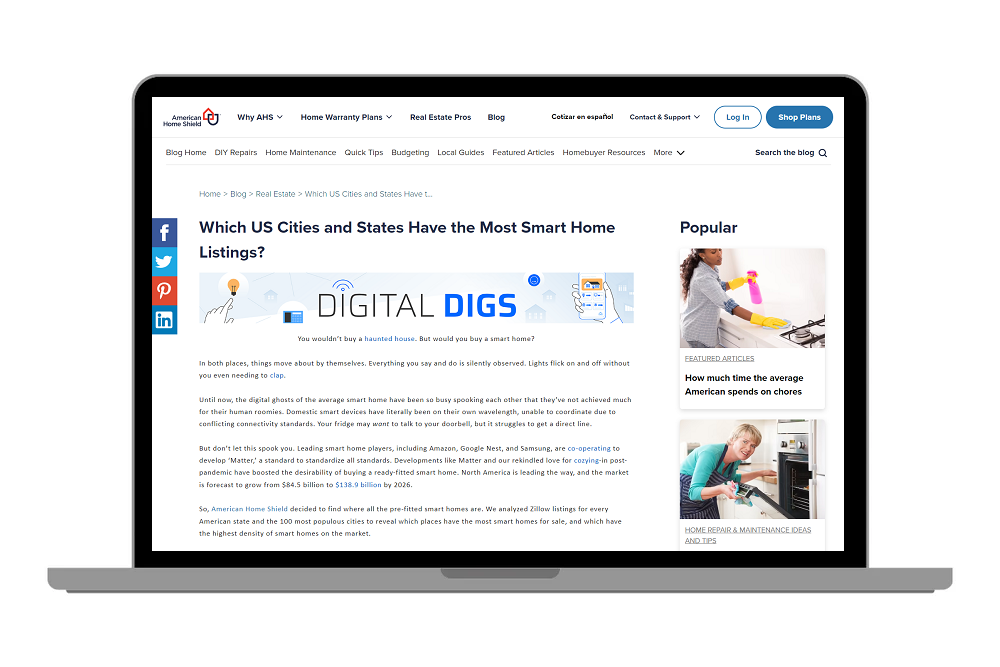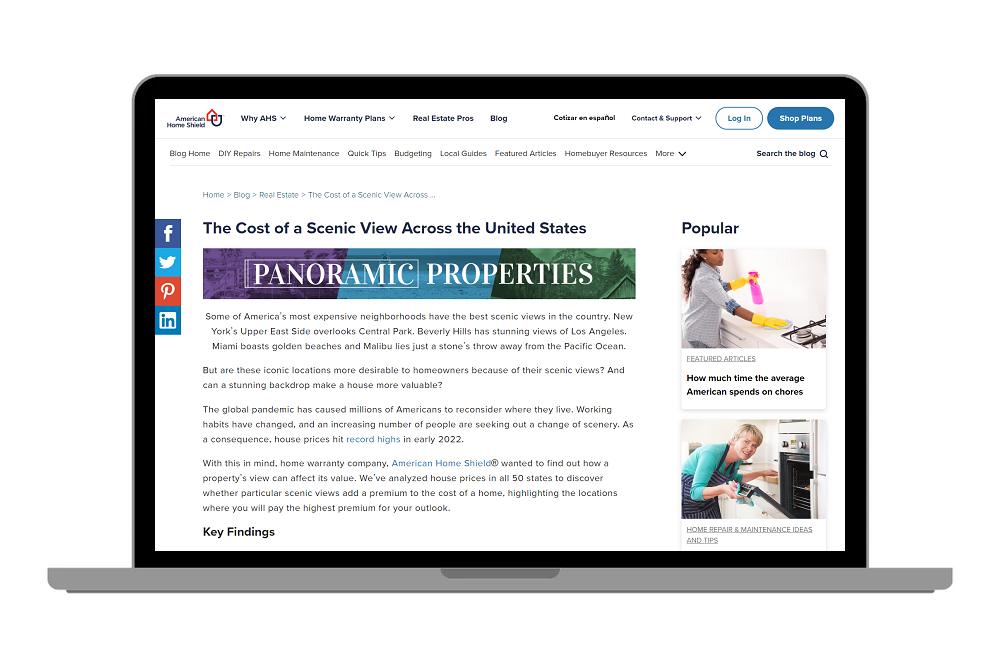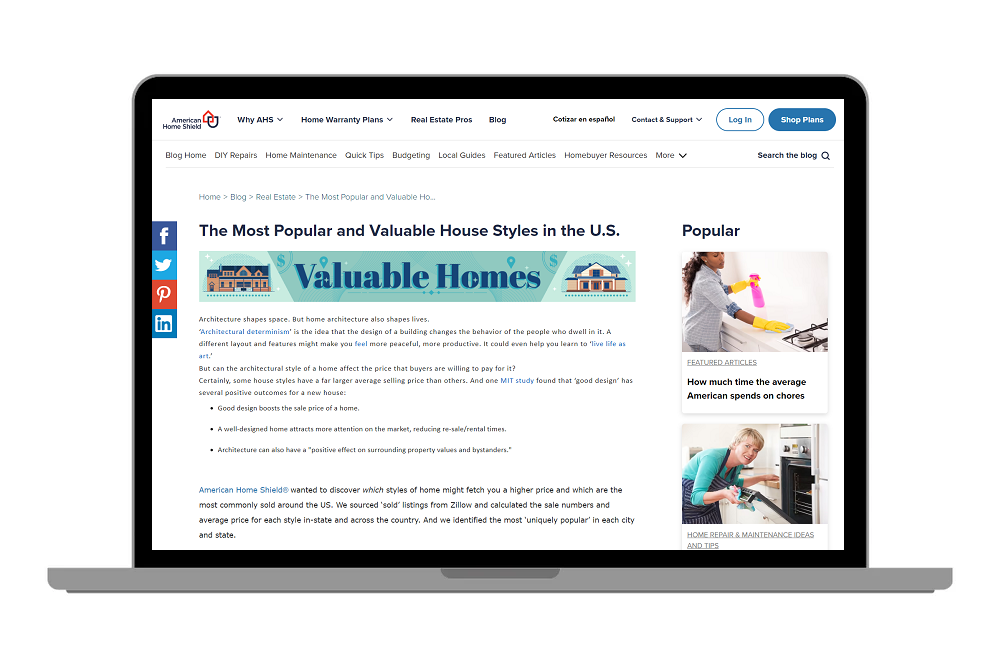A few weeks back, someone asked me why I thought relevance had suddenly become such a popular topic within the digital PR industry. After thinking about it for a few minutes, I said that the cynic in me thought that mentioning ‘relevance’ probably made it easier to sell digital PR services to clients.
That was a joke, of course, so it wasn’t my only answer. I also explained that link relevancy has been a key focus of my work since I started my career as a link builder back in 2010.
At the time, the focus was on relevant anchor texts and relevant CTLDs. Later on, the focus shifted to relevant content and niches. Eventually, it was all about relevant keywords and relevant audiences.
From where I see it, it is all part of the same overarching goal to build links that make sense to the site with content that makes sense to the brand.
By looking at it this way, one can design strategies that fit websites at different stages of growth for brands in different industries and with different needs.
Because here’s the thing: it is not the same to work with a newly created affiliate site as it is to work with an established household brand. The same applies to a price comparison website versus an e-commerce store or a unicorn startup versus a small business.
If you are trying to design a one-size-fits-all formula of relevance, you are likely to miss the opportunities brought to you by the gap between those different scenarios.
In my opinion, relevance is not binary. There isn’t a clear-cut-off point at which a piece of content becomes immediately irrelevant. The grey area surrounding every piece of content will depend on who is behind what, released when, promoted to whom and placed where.
That is why the way in which we approach campaigns for brands trading in the stock market is different from how we approach campaigns for affiliate sites that don’t have a brand identity yet.
This is a nice philosophy and sounds good in theory, but I imagine you’re wondering what it looks like in the real world.
16 examples of creative yet relevant content-led link building
At NeoMam, we don’t focus our efforts on building homepage links, placing links to category pages, or securing product links. In order to do those things, we would need to completely change the way we work, letting go of our mission to create content that people want to share.
That puts a lot of pressure on our content to deliver a good mix of organic links that will support our client’s SEO strategy in the long term. There is no way to do this unless you produce content that is relevant to the business yet creative enough to capture people’s attention.
Here are some examples of our creative approach to relevance in link building:
1. Building data sets that put our clients (and their expertise) at the centre of relevant conversations
When Wordle was taking over Twitter, we saw an opportunity to create a piece of content that would position our client (a word generator) as an expert on the topic, whilst helping build authority for their new Wordle word finder tool.
Our data team extracted the game score for hundreds of thousands of tweets from Wordle players from around the world to uncover the cities, states and countries with the best and worst Wordle scores. A creative methodology that rendered findings that nobody else had at the height of the world’s love affair with Wordle.
Where in the World Is the Best at Solving Wordle?
This piece of content went on to build backlinks from 400+ referring domains (and counting), a huge majority of which were built passively after we closed our outreach campaign. The URL rating of the page at the moment of writing this is 43, which is a reflection of the high quality of the sites that shared the content: MIT, CBS News, Fortune magazine, PC Mag, The Boston Globe, CTV News, Sydney Morning Herald, The Independent… the list goes on.
If we had tied ourselves to generating ideas to build links to their Scrabble word finder page, we would never have come up with this campaign.
Another example of this approach is the work we did for our client ZenBusiness, a unicorn startup empowering the next generation of entrepreneurs, small business owners and freelancers by making it easier than ever to start, run, and grow a successful business.
We knew that inserting our client into conversations happening in the freelance world not only made sense from a link building perspective but also carried commercial value as ZenBusiness’ number one goal is to attract people looking to set up a company.
Our data team scraped the Upwork profiles for 6,000 US-based freelancers that had billed at least 100 hours of work in recent months. They then used Gender API to ascertain the gender of profiles in order to uncover the freelancer gender pay gap.
The Freelancer Pay Gap: Who Charges the Most as a Freelancer?
The findings of this study were the source of full-page features (with a link) on Bloomberg, Fast Company, the World Economic Forum, the Freelancers Union, Women’s Agenda, Freelancing EU, and many more relevant, high-authority sites. And we are confident this project will continue to be referenced and linked out to for months to come whenever the topic of freelance rates gets covered.
Creating data sets is something that we started doing a few years ago and it has proved to be an incredibly valuable tool for connecting our clients with relevant and trending topics.
2. Selling the problem more than the solution with (relevant) content that gets people’s attention
Surfshark is an award-winning privacy protection toolset that offers its users the ability to enhance their online security without fuss. Our primary strategy for this client was to produce content that connects back to people’s privacy (online and offline) and the security of their data and their devices.
But we left room for creative relevance by tasking ourselves with educating everyone on Surfshark’s product by ‘selling the problem more than the solution’. This gave us room to explore topic areas in relation to the reasons why people might decide to pay for a VPN, get an ad blocker, download an antivirus, or spoof their physical GPS location.
We produced dozens of campaigns for Surfshark following this strategy but I’ve shortlisted six to showcase how we used problems as a base to help us produce relevant yet creative content:
The problem: Malware-ridden websites
The content: The Most Dangerous Pop Culture Search Terms
The problem: Data-hungry apps
The content: The Most and Least Data-Hungry Apps By Category
The problem: Relentless ads
The content: The Countries That Hate Ads The Most
The problem: Geo-blocked Netflix content
The content: Which Countries Get the Best-rated TV Shows & Films on Netflix?
The problem: DDoS attacks in online gaming
The content: The Countries and Online Games With The Most Cheaters
The problem: Government surveillance
The content: Which Cities Have The Highest CCTV Camera Density?
I can see other teams applying this with their reactive PR listicles and commentary, so I know it’s not a new concept. But it can be a brilliant ‘relevance compass’ when it comes to hero content campaigns too as it allows you to create long-lasting content that supports the website, the brand and the business all at once.
This type of content usually becomes a great tool for social media teams too as it gives them a variety of visual assets that can be used to generate conversations around topics that are of interest to potential customers without pushing the product down their throats.
3. Exploring the same key (relevant) topic from a variety of angles
HouseFresh is a team of indoor air quality experts focused on helping consumers avoid air purifiers, dehumidifiers, and humidifiers that don’t live up to the marketing hype.
They are all about air quality so this has been the single topic area we’ve been tackling again and again from different perspectives to help them not only build relevant links but also build their authority and their brand in the space.
Air quality issue: Air pollution
The content: How Air Pollution Could Ruin Our Most Beloved Views
Air quality issue: Humidity
The content: The Most Humid Cities in the World
Air quality issue: Cigarette smoke
The content: Drowning in Cigarette Butts
Air quality issue: Fine particulate matter (PM2.5)
The content: The World’s Best and Worst Towns and Cities for Clean Air
My favourite thing about this approach to relevant content is that it helps us become experts in the main topic area connected to our client.
Instead of creating a bunch of shallow pieces of content, we can go deep each time as we explore the different elements that make up the core topic area. This contributes to building up the reputation of our client as an expert in their field, which is especially important to do with affiliate websites and new businesses without a strong brand behind them.
4. Ideating for content that will get the attention of specific (and SEO/brand relevant) publishing verticals
American Home Shield helps homeowners with the unexpected. They are a well-established company in the home warranty space, offering plans that cover the repair or replacement costs of major home systems and appliances.
Our brief was to support the SEO team by securing high authority links within the real estate vertical, whilst helping the brand team reach potential customers through regional and local media outlets across the U.S.
Our centre of relevance was the combination of those two clear publishing verticals: real estate + U.S. media. We were free to explore as long as we could confidently guarantee our client we would secure links inside that sweet spot.
The 2022 American Home Size Index: Which Cities and States Get the Biggest Homes?
Which US Cities and States Have the Most Smart Home Listings?
The Cost of a Scenic View Across the United States
The Most Popular and Valuable House Styles in the US
Following this approach, we have built hundreds of valuable links – from real estate publications (such as Realtor, Bankrate, RISMedia, and Property Week) as well as U.S. regional media sites (like The Denver Post, Houston Chronicle, The Hill, and SFGATE) AND U.S. national media sites (such as CNBC, Business Insider, Axios, CBS News and Newsweek). But not only that, in addition to these links that were relevant to the strategy set with our client, we also managed to reach high-authority home publications such as Bob Vila, Apartment Therapy, Domino, Veranda, ArchDaily and Hunker, among many others.
This is one of the approaches we follow with big household brands who want to dominate conversations in key publishing verticals for their business, and also with sites supported by tech SEO teams who have uncovered a hole in their backlink profile.
Final thoughts on relevance in content-led link building
Relevant campaigns start with a clear brief that gives people working on said campaigns all the information they need to make educated decisions along the way.
A list of keywords or commercial URLs can be part of that brief but it shouldn’t be the only information you are looking at.
In my experience, it is also important to understand:
1. What is the business about
Who are they and how do they make their money.
2. What is the brand’s mission
And what is their vision for the future.
3. What is the SEO strategy
In which context are we creating this content and building these links?
4. What topic areas align with the business
And with their overarching goals, brand vision and SEO strategy.
5. What publishing verticals should we target
Ensuring they make sense for the brand, the site AND their SEO strategy.
6. What are the brand’s no-nos
Topic areas they don’t want to touch, legal requirements, brand guidelines, links they don’t want to see, etc.
This will give your team a tight framework that constrains them in the right places. It will also simplify the sign-off process as you won’t be sending ideas or content to clients that go against their overarching business goals, legal restraints or vision as a brand.
All this is to say that one cannot define the relevance of a piece of hero content solely in the realm of technical SEO.
When you are creating something that millions of people will see, you need to look beyond the SERPs and take the brand (and people’s experience with it) into consideration.
So, next time someone asks you to come up with ideas that are more relevant or to build links that are more relevant, make sure to ask ‘more relevant to what?’
This is an important conversation that needs to happen.
If your answer is a list of keywords, you can still go through the approaches I outlined above after asking a few additional questions about the site, the business and the brand.
Lastly, it’s also worth considering that the content you’re publishing right now will open doors to future topic areas in a natural way. Even in cases where the window of relevance is narrow, you can still wiggle your way through if you follow the topics you have explored up to now.
p.s. Make room for creativity
I listened to a podcast the other day that was dedicated to creativity in digital PR. The conversation got me thinking about how creativity is seen as the thing that happens (or doesn’t) at the beginning of campaigns.
Either you are experimenting at the ideas stage or you’re staying in your comfort zone. Either you are struck by an original idea for a campaign or you’re copy-pasting. Either your mind is free to be creative without KPIs or you’re chasing safety.
This mindset sees creativity as a fleeting moment that occurs on day one, and that needs to be protected or else.
But what if instead of putting all our creative eggs in the ideation basket, we actually make room for creativity at every stage of the process?
What creative twist can you give to the methodology? And what about the storytelling aspect of the campaign? And what about the visual execution? And what about the user experience? And what about the outreach strategy? And what about the pitch?
This way of working will break the campaign sausage factory every time – even when you are working with an idea that has been done many times before, or when you’re restricted by a tight framework of relevance.
Start making room for the entire team to be creative.
This post was inspired by a conversation I had with Louise Parker Peiris and Stephen Baker for Propellernet’s Digital PR podcast. You can listen to the whole thing here:



